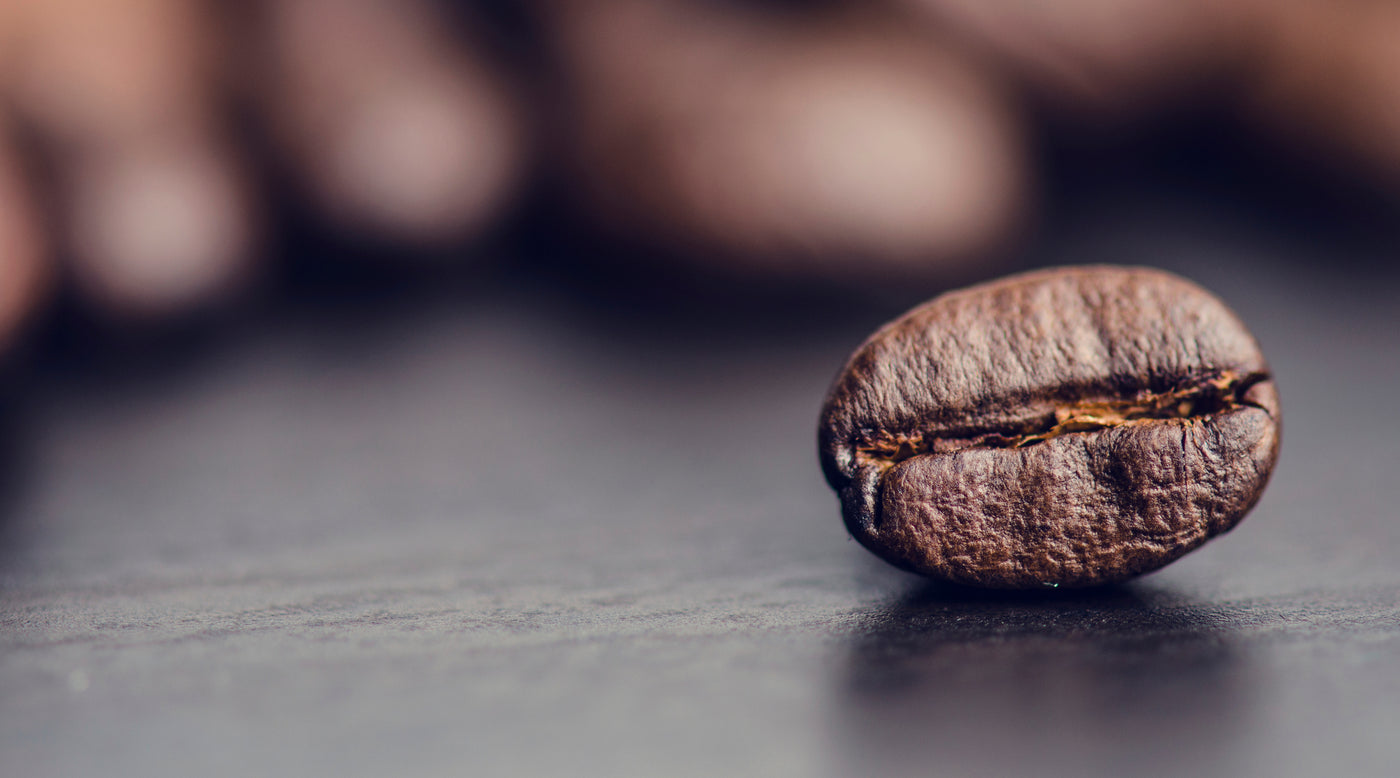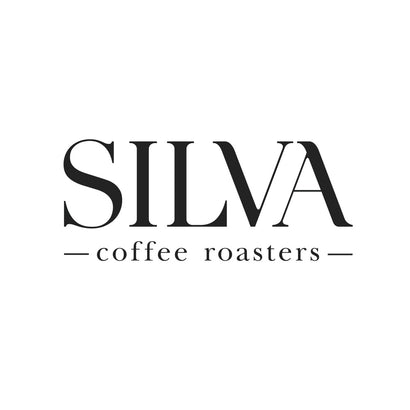
A question we are often asked is how do you choose your coffee? This can be hard to answer with a brief five minute reply when people are not familiar with the processes involved behind the raw product. Here is some easy to digest, light reading we hope will shed bit of light on the how the coffee bean is formed and produced giving you the basic knowledge we use to formulate our choice of coffee.
Many people are intimately familiar with the look, feel and smell of a fresh cup of coffee and likewise the enticing aromas after opening a fresh bag of coffee or freshly ground coffee beans. This delicious and aromatic beverage is the end product of a lengthy and hands on process.
Let’s start at the beginning, commonly coffee is referred to as a coffee ‘bean’ when actually it is a ‘seed’ inside the fruit of the coffee tree called the cherry (or berry).
Drying the coffee
Once the coffee cherries have ripened and been harvested they are prepared and dried ready for packing, shipping and roasting. There are various methods for drying coffee each imparting different characteristics in the final flavours of the coffee.
The Wet Process also known as Washed Process involves removing the cherry surrounding the seeds before drying the seeds. The cherries are sorted by hand or washed in tanks of water to sort the good from the bad, good cherries sink to the bottom whereas faulty or rotten cherries float, next the pulp (the fleshy fruit surrounding the seed) is removed by machine or a ferment and wash process. The raw green seeds are then sun dried in flat beds outside or by a drying machine.
The Dry Process also called the Natural method is when the cherry surrounding the seeds is left on during the drying process. The cherries are sorted to remove the bad fruit and spread out to dry in the sun on big concrete surfaces or raised platforms to allow for more air circulation, the cherries are raked or turned by hand regularly to ensure even drying over about 4 weeks. The final step is to remove the dried cherry in the hulling process using milling machines.
The Wet Hulled Process also known as the Semi-washed or process removes the skin of the cherry while leaving the fleshy (mucilage) fruit surrounding the seeds on for a day before washing off the fleshy fruit and drying the seed in the sun. This process is more commonly used in the Indonesian regions of Sulawesi, Sumatra and Flores.
Next step is Grading. In the world of coffee grading is necessary to secure the best price for export. There is no centralised coffee grading association so it is the responsibility of each country to classify and grade their coffee.
As referenced from the International Trade Centre ‘Coffee Exporters Guide’ grading and classification is usually based on criteria such as:
•Altitude and/or region Botanical variety Preparation (wet or dry process = washed or natural)
•Bean size sometimes also bean shape and colour
•Number of defects (imperfections)
•Roast appearance and cup quality (flavour, characteristics, cleanliness…)
•Density of the beans
There are 5 grades of coffee. Grade 5 being the lowest with 86 defects per 300gs and Grade 1 as the highest containing no more than 5 defects per 300gs.
You’re probably familiar with the many factors that go into choosing coffee for example region, altitude, size etc. but our initial choices are based on the construction, preparation and quality of the coffee cherry and how this effects the raw product.
And then we can start roasting.


